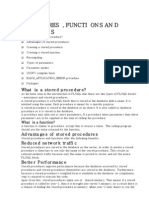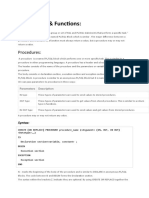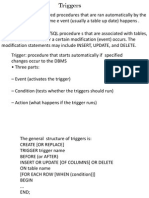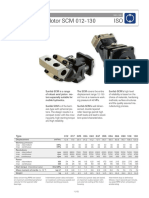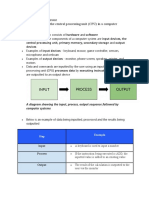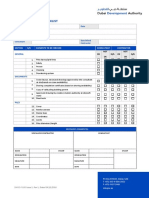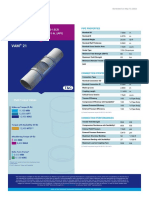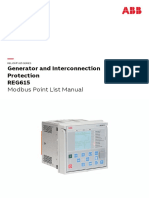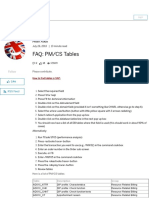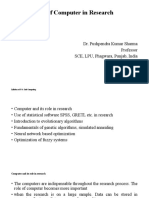0% found this document useful (0 votes)
7 views12 pagesUnit - 3 Note Part 1
The document explains the concepts of procedures and functions in PL/SQL, highlighting their syntax, execution methods, and differences. It details how to create, execute, and manage transactions using COMMIT, ROLLBACK, and SAVEPOINT commands. Additionally, it covers calling notations for subroutines and provides examples of exclusionary logic in PL/SQL.
Uploaded by
pcg123Copyright
© © All Rights Reserved
We take content rights seriously. If you suspect this is your content, claim it here.
Available Formats
Download as DOCX, PDF, TXT or read online on Scribd
0% found this document useful (0 votes)
7 views12 pagesUnit - 3 Note Part 1
The document explains the concepts of procedures and functions in PL/SQL, highlighting their syntax, execution methods, and differences. It details how to create, execute, and manage transactions using COMMIT, ROLLBACK, and SAVEPOINT commands. Additionally, it covers calling notations for subroutines and provides examples of exclusionary logic in PL/SQL.
Uploaded by
pcg123Copyright
© © All Rights Reserved
We take content rights seriously. If you suspect this is your content, claim it here.
Available Formats
Download as DOCX, PDF, TXT or read online on Scribd
/ 12



